
Pressure Range: ISE70G (0 to 1 MPa), Piping: N02 (NPT 1/4), Orifice: None, Unit Specification: M (SI Unit Only), Lead Wire: None, Bracket: A (Bracket A, Interchangeable with ISE75[H]), Operation Manual/Calibration Certificate: Y (None)
Pressure Range: 0 to 1 MPa, Piping: Rc 1/4, Output Specification: Switch Output 1 + Switch Output 2 [NPN or PNP Switching Type], Unit Specification: -, Lead Wire: -, Bracket: -, Operation Manual/Calibration Certificate: -
Pressure Range: 0 to 1 MPa, Piping: G 1/4, Output Specification: Switch Output 1 + Switch Output 2 [NPN or PNP Switching Type], Unit Specification: -, Lead Wire: -, Bracket: -, Operation Manual/Calibration Certificate: -
Tie rods or piston assembly may be damaged if neither air cushion nor bumper is utilized.
SWEDEN SMC Pneumatics Sweden AB SWITZERLAND SMC Pneumatik AG UK SMC Pneumatics (U.K.) Ltd. U.S. & Canadian Sales Offices EAST WEST Austin Dallas Los Angeles Phoenix Portland San Jose Albany Atlanta Boston Charlotte Nashville New Jersey Rochester Tampa Montreal Toronto CENTRAL Chicago Cincinnati Cleveland Detroit Des Moines Grand Rapid Indianapolis Kansas Milwaukee Minneapolis St.
SWEDEN SMC Pneumatics Sweden AB PHILIPPINES SMC Pneumatics (Philippines). Inc. CHILE SMC Pneumatics (Chile) S.A. SWITZERLAND SMC Pneumatik AG. MALAYSIA SMC Pneumatics (S.E.A.) Sdn. Bhd. VENEZUELA SMC Neumatica Venezuela S.A. AUSTRIA SMC Pneumatik GmbH. THAILAND SMC Thailand Ltd . BOLIVIA SMC Pneumatics Bolivia S.R.L. SPAIN/PORTUGAL SMC Espai'la, S.A. INDIA SMC Pneumatics (India) Pvt.
Reference: ILO OCCUPATIONAL SAFETY AND HEALTH SERIES NO. 37 (THIRD EDITION 1991) Ozone Emitting Equipment and Devices Because ozone is easily formed by electric discharges or light energy, many ozone emitting devices may be found in the workplace or in the home.
oardvrs,k. \_, 1_l Whe. 1wo switchos ar6 ANDcoiiecled.loadma f uncl o may r6urt b@use oJ flie toad voll aged@Pwhe. the swilchs ae luffed ON. l?piLl lanp lighls wh6n hlo swilches a turned ON Eran0e P$s!
Part Number Description: REGULATOR S/STEEL PREC.CLEAN Product Line: E Product Line Description: AIRLINE EQUIPMENT Family Code: 124 Family Description: SR SS REGULATOR Class Code: AB Part Code: 1 Reference Code: K PDF Documentation: Datasheet Click here to report information errorImage shown may not match exact part number
Part Number Description: REGULATOR S/STEEL PREC.CLEAN Product Line: E Product Line Description: AIRLINE EQUIPMENT Family Code: 124 Family Description: SR SS REGULATOR Class Code: AB Part Code: 1 Reference Code: K PDF Documentation: Datasheet Click here to report information errorImage shown may not match exact part number
Part Number Description: FILTER GAS (SUS) Product Line: E Product Line Description: AIRLINE EQUIPMENT Family Code: 123 Family Description: SF CLEAN GAS FILTER Class Code: AB Part Code: 1 Reference Code: K Click here to report information errorImage shown may not match exact part number
This speed control can be used to release pressure that may be trapped downstream. Available with one-touch fittings and standard threaded style these speed controls are clearly identified by the eye catching red adjusting knob and integral release button.
This speed control can be used to release pressure that may be trapped downstream. Available with one-touch fittings and standard threaded style these speed controls are clearly identified by the eye catching red adjusting knob and integral release button.
This speed control can be used to release pressure that may be trapped downstream. Available with one-touch fittings and standard threaded style these speed controls are clearly identified by the eye catching red adjusting knob and integral release button.
This speed control can be used to release pressure that may be trapped downstream. Available with one-touch fittings and standard threaded style these speed controls are clearly identified by the eye catching red adjusting knob and integral release button.
Part Number Description: REGULATOR S/S Product Line: E Product Line Description: AIRLINE EQUIPMENT Family Code: 124 Family Description: SR SS REGULATOR Class Code: AB Part Code: 1 Reference Code: K Click here to report information errorImage shown may not match exact part number
This speed control can be used to release pressure that may be trapped downstream. Available with one-touch fittings and standard threaded style these speed controls are clearly identified by the eye catching red adjusting knob and integral release button.
This speed control can be used to release pressure that may be trapped downstream. Available with one-touch fittings and standard threaded style these speed controls are clearly identified by the eye catching red adjusting knob and integral release button.
This speed control can be used to release pressure that may be trapped downstream. Available with one-touch fittings and standard threaded style these speed controls are clearly identified by the eye catching red adjusting knob and integral release button.
GERMANY SMC Pneumatik GmbH ITALY SMC ltalia SpA FRANCE SMC Pneumatique SA HOLLAND SMC Controls Bv SWEDEN SMC Pneumatics Sweden AB SWITZERLAND SMC Pneumatik AG AUSTRIA SMC Pneumatik GmbH SPAIN SMC Espafra, S.A. IRETAND SMC Pneumatics (lreland) Ltd. Asia JAPAN Oceania AUSTRALIA SMC Pneumatics (Australia) Pty. Ltd. NEW ZEALAND SMC Pneumatics (N.2.) Ltd.
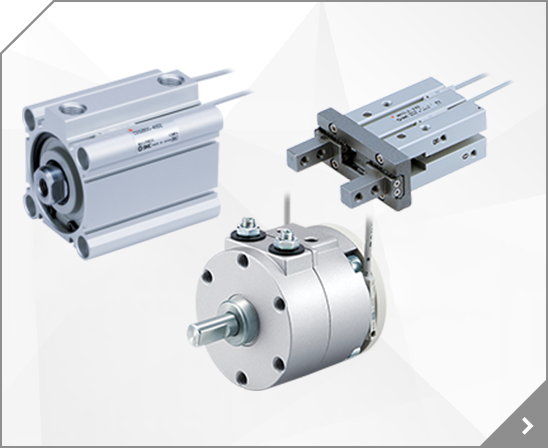
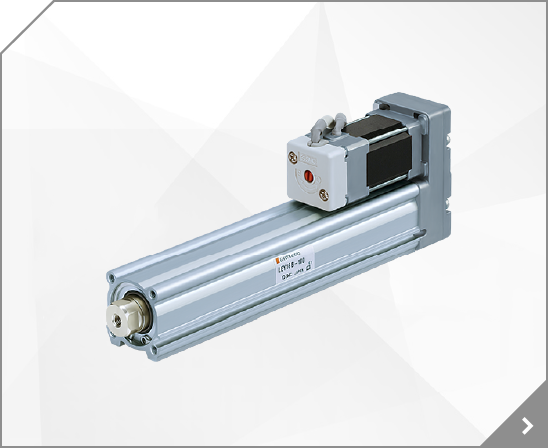
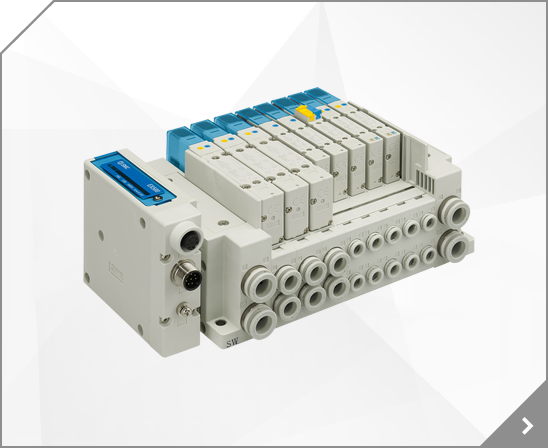
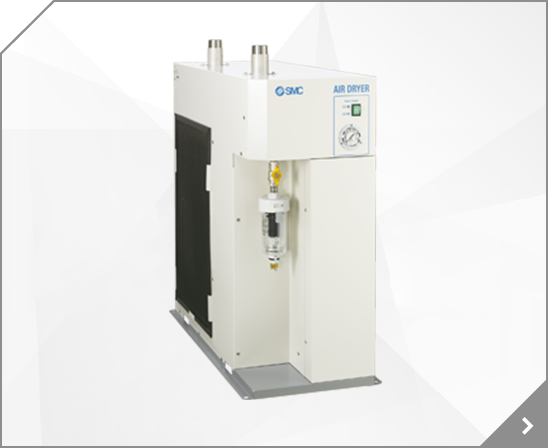
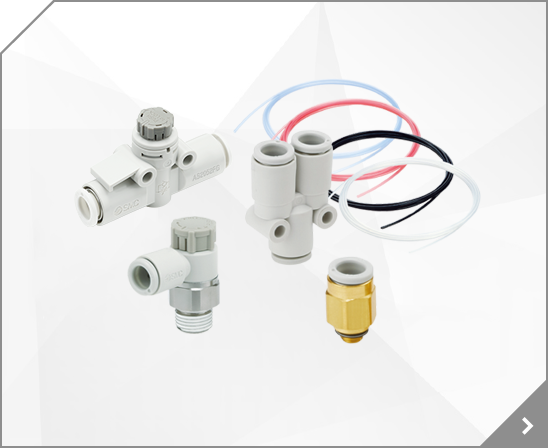
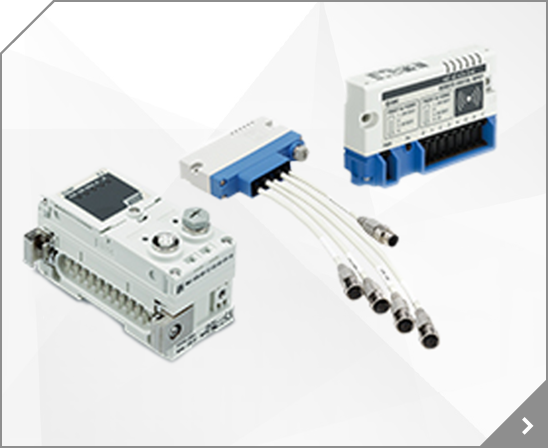
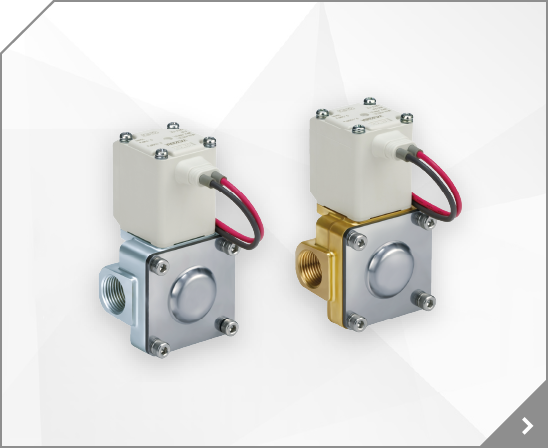
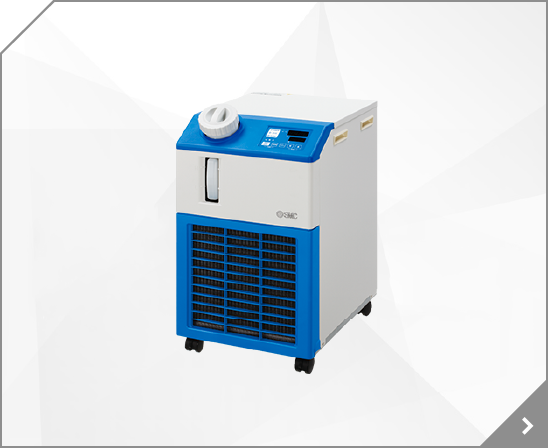
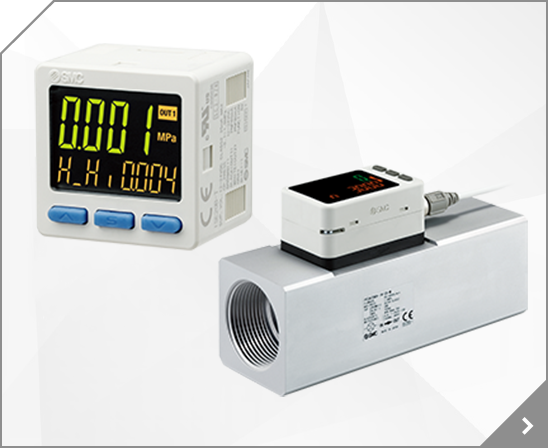
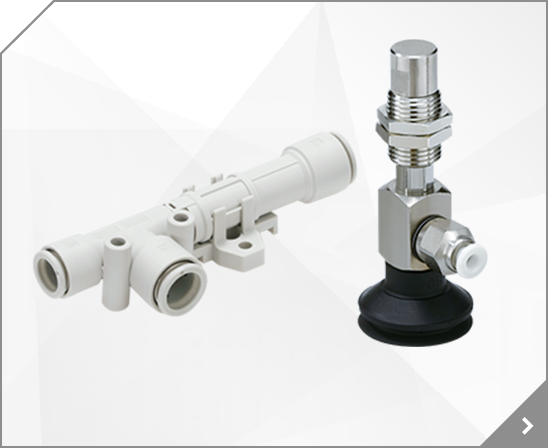

 C95Series
C95Series